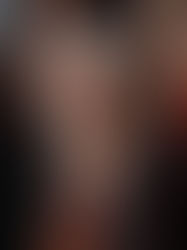Custom Creations / Tutorial Tips
Tips for choosing the right photo
(and the background that goes with it)
To get the best possible result, it's important to choose the photo you want me to personalize, as well as the background. Here are a few explanations and tips to guide you.
Please note that if you're not sure which photo or background to choose, I'll be happy to advise you once you've placed your order, so you can choose the one that works best for you.
PHOTO TYPE
A portrait? A life scene? A group photo? Anything is possible and has its own charm.
To get started, all you need to do is consider the following points:
1/
A “conventional” portrait will look more static and fixed than an image where the subjects are in action and/or not posing
More "natural" portrait


"Conventional" portrait


Life scene


The closer the image, the more space it takes up, to the detriment of the background
Make sure you choose your background carefully, so as not to be disappointed if details of the background do not appear
2/




Close-up
Expanded plan
The wider the shot (especially with full-length figures) and/or the more subjects there are, the more difficult it will be to distinguish character details
3/






PHOTO QUALITY

This is essential for optimal rendering.
As you know, a digital image is made up of pixels. The term pixels per inch (ppi or dpi) is used to define its resolution, which corresponds to the ratio between the number of pixels and the surface area of the image. The more pixels, the sharper and more detailed the image. The lower the resolution, the fuzzier the image, often referred to as “pixelated”.
Here's the same photo in three different resolutions and the corresponding creations (click on the images to enlarge them, and you'll see the differences more clearly):




While the differences may seem minor to you, you can imagine that in poster format (50x70cm or 70x100cm), the differences will be more obvious. So it's vital that you send me the best possible photo.
For those in the know, please aim for a resolution of 1824px x 2432px (or higher)
and at least 1134px x 1512px
For the rest of us, please refer to the examples I've given. If the photo is very blurred and pixelated when you enlarge it on your computer, be aware that the result will be coarser. Even if I can always improve the quality of an image, I won't be able to work miracles if the resolution is too low.
Of course, it all depends on how demanding you are, but it's important that you take this information on board.

























